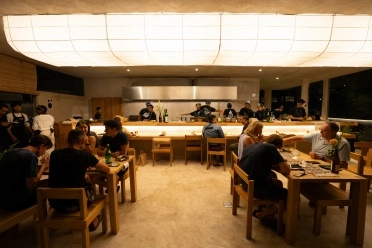Bali is a land deeply steeped in spirituality and rich cultural traditions. The island’s deep connection to Hinduism, along with its dedication to preserving its religious customs, has made it a revered destination for both devotees and tourists. This profound spiritual devotion has fittingly earned Bali the title of the "Island of 1000 Temples." In this article, we explore the significance behind this distinguished title. Let’s uncover its meaning together!
Why Is Bali Called the 'Island of 1000 Temples'?
The Spiritual Heart of Bali: A Land of Temples
Bali stands as Indonesia's only Hindu-majority province, and this spiritual essence is reflected in the thousands of temples that dot the island. While often referred to as the "Island of a Thousand Temples," in reality, there are far more than that—temples can be found in nearly every corner, from coastal regions to mountainous landscapes. This deep connection to the divine has earned Bali its spiritual nickname and a global reputation as a place where the balance between humanity, nature, and the gods is revered.
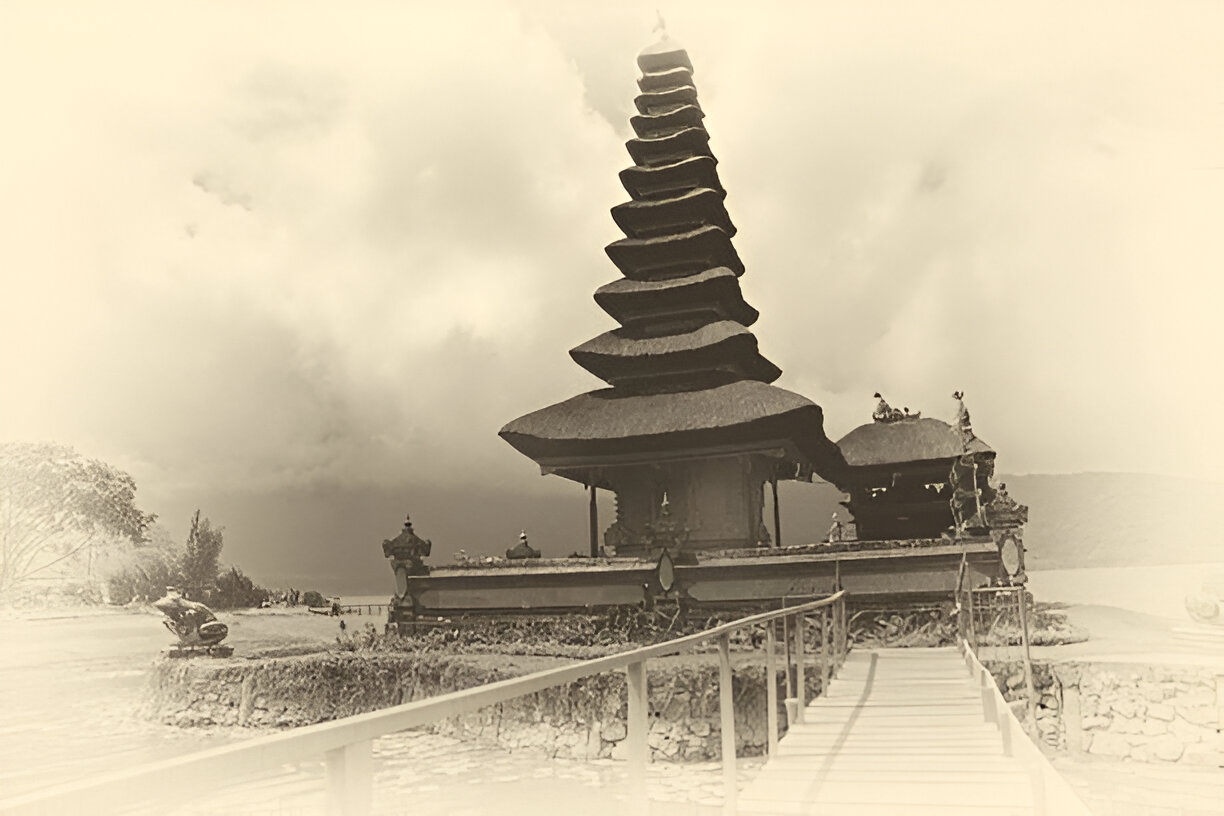
A Sacred Tradition: The Role of Temples in Balinese Life
In Bali, temples (known as pura) are more than just places of worship—they are the heart of the island’s religious and cultural activities. Every village has its own temple, and it’s common for each household to have a private family shrine. Additionally, there are temples for specific purposes, such as rice temples located in the terraced paddies and sea temples along the coastlines to honor the gods of the ocean.
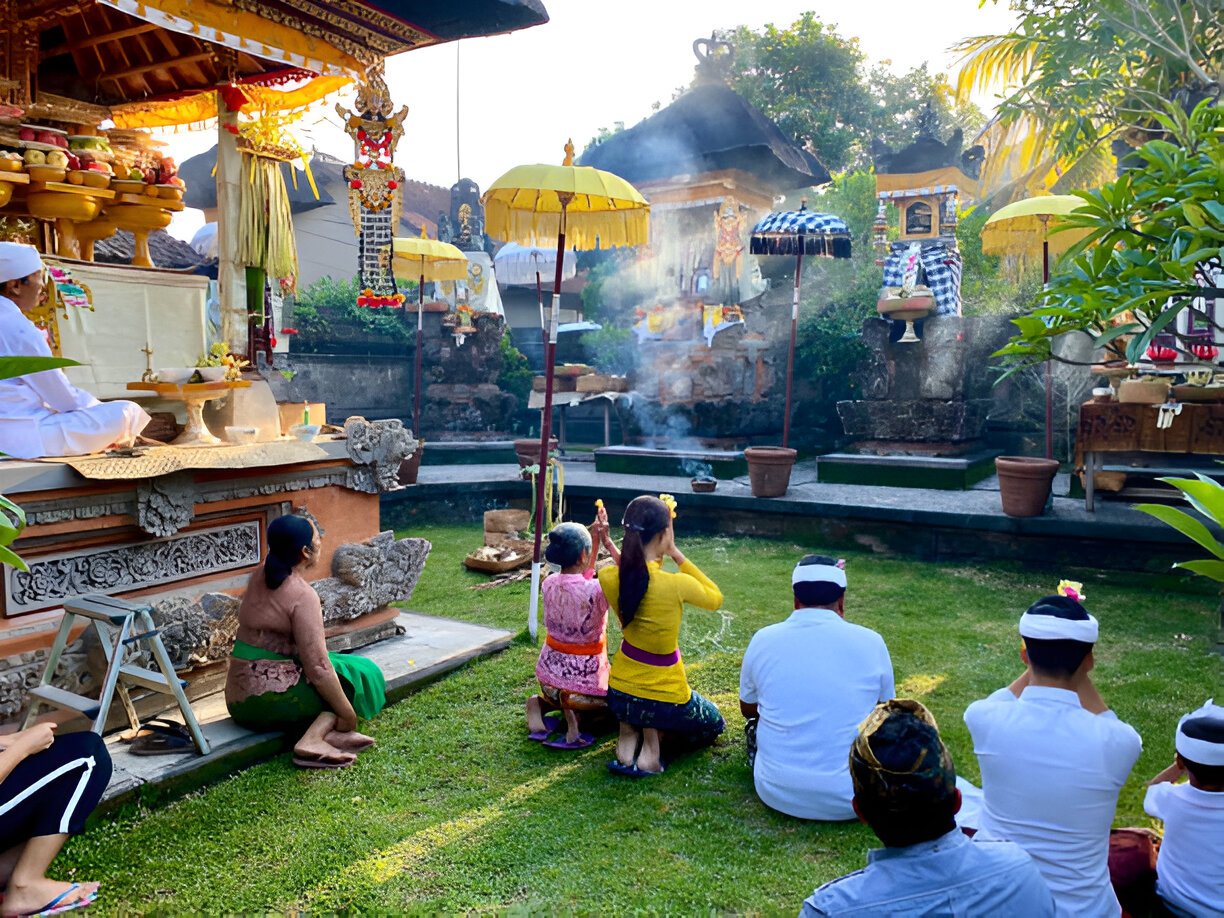
Bali’s temples play a significant role in the daily lives of the Balinese people. It’s not just about personal prayer; temple ceremonies and festivals bring communities together in vibrant, spiritual celebrations. These events are marked by traditional Balinese dress, performances of sacred dances, and the playing of gamelan music. During these special occasions, the temples come alive with activity, serving as a reminder of how closely religion and culture are intertwined on the island.
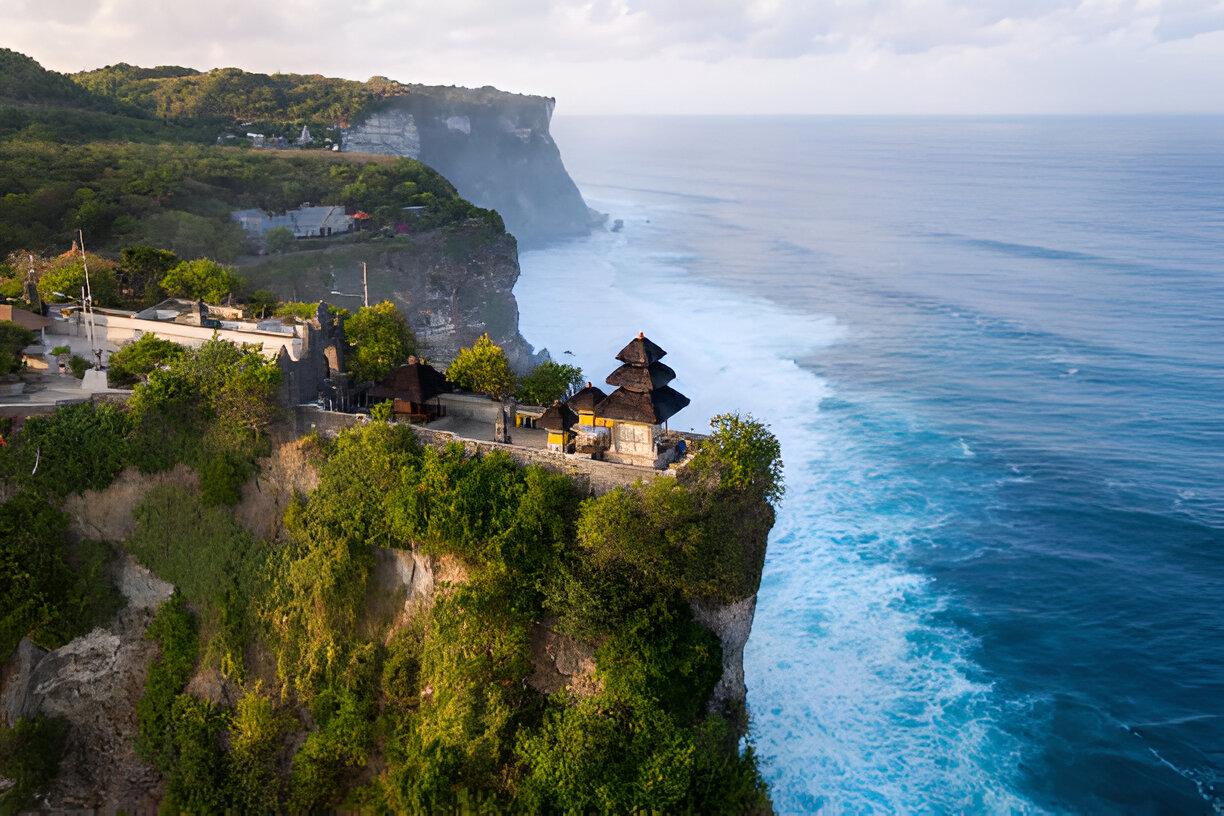
Unique Architecture and Location
Each of Bali’s temples has its own unique architecture and is often set against stunning natural backdrops. Some are perched on cliffs overlooking the ocean, while others are nestled among lush rice fields or set against the backdrop of towering volcanoes. What unites them is the intricate design, featuring elaborate carvings, statues of gods, and towering meru (multi-tiered shrines). A common architectural feature of Balinese temples is their orientation toward natural elements. Some temples face the mountains, which are considered sacred as the abode of the gods, while others are aligned with the sea or sunrise. This geographical alignment enhances the spiritual significance of the temples and reflects Bali's deep connection to the natural world.
In addition to the grand Pura temples that are scattered across Bali, the island is also home to countless smaller shrines known as sanggah or merajan. These shrines are commonly found within the compounds of individual homes or properties, serving as personal places of worship for families. Every Balinese household traditionally builds a sanggah as part of their devotion to ancestral spirits and the gods. These smaller shrines play an integral role in daily religious life, where offerings are made regularly, reflecting the deep spiritual connection that Balinese people maintain within their own homes. Though less grand than the large public temples, sanggah are an essential part of Bali’s religious landscape, showcasing the pervasive presence of spirituality in every aspect of life on the island.
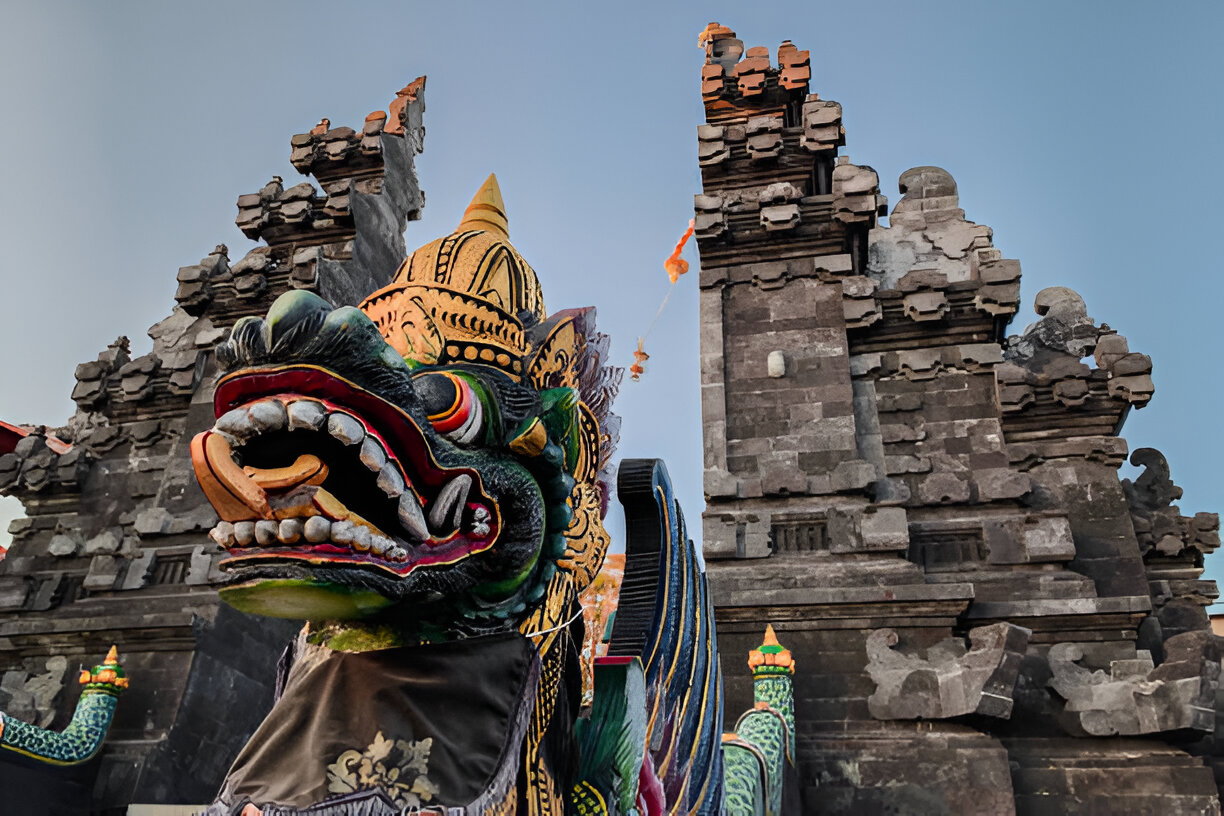
Famous Temples That Define Bali
Bali is home to numerous temples, but a few have gained international recognition for their unique beauty and spiritual significance. Pura Besakih, the "Mother Temple," sits on the sacred Mount Agung and survived the 1963 volcanic eruption, solidifying its divine status. Pura Tanah Lot, perched on a rocky sea outcrop, is renowned for its stunning sunsets and legends of sea snakes guarding the temple. Pura Uluwatu, located on a cliff above the Indian Ocean, offers dramatic views and hosts traditional kecak dance performances. Pura Tirta Empul in Tampaksiring is famous for its holy spring waters, where devotees participate in purification rituals. Beyond these iconic sites, Bali is filled with other equally fascinating temples waiting to be explored. You can discover some of the island's most underrated temples in this article.
Temples as a Window into Balinese Culture
Beyond their religious significance, Bali’s temples offer a glimpse into the island’s culture, history, and artistic traditions. Temple festivals, or odalan, celebrate anniversaries of a temple’s founding and feature an array of traditional arts. Balinese dance performances, such as the Barong or Legong, are often staged in temple courtyards, accompanied by the resonant sounds of gamelan music.
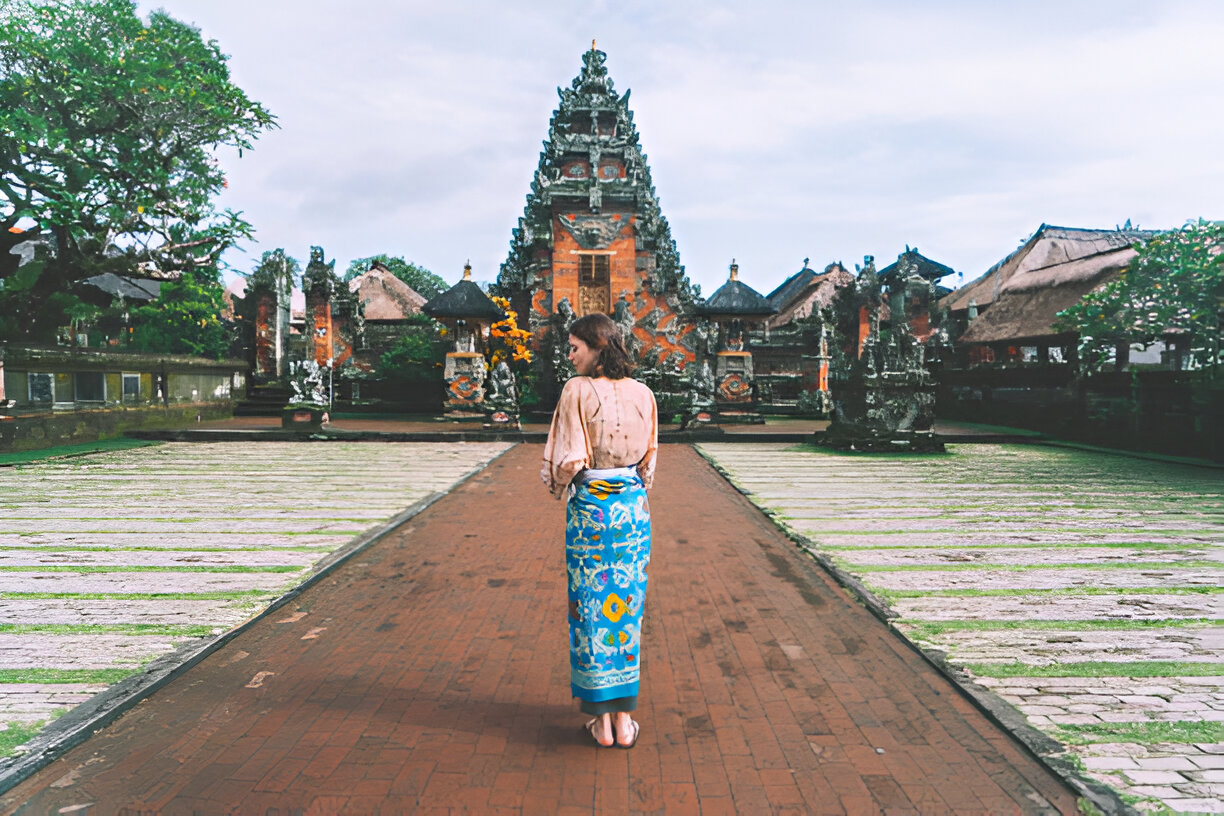
Moreover, the act of making offerings to the gods is an essential part of temple life. Intricate canang sari (small woven baskets filled with flowers, incense, and food) are placed at temple shrines daily, symbolizing gratitude to the deities and seeking protection. These offerings highlight the deep spiritual devotion of the Balinese people, who maintain a strong connection to their ancestral customs and religious practices.
In a world that is increasingly fast-paced and disconnected, Bali’s temples remain a testament to the enduring power of tradition, spirituality, and harmony with nature. For those who visit, the island of 1000 temples is more than a destination—it’s a place where the divine and earthly exist side by side, inviting everyone to experience its timeless allure.



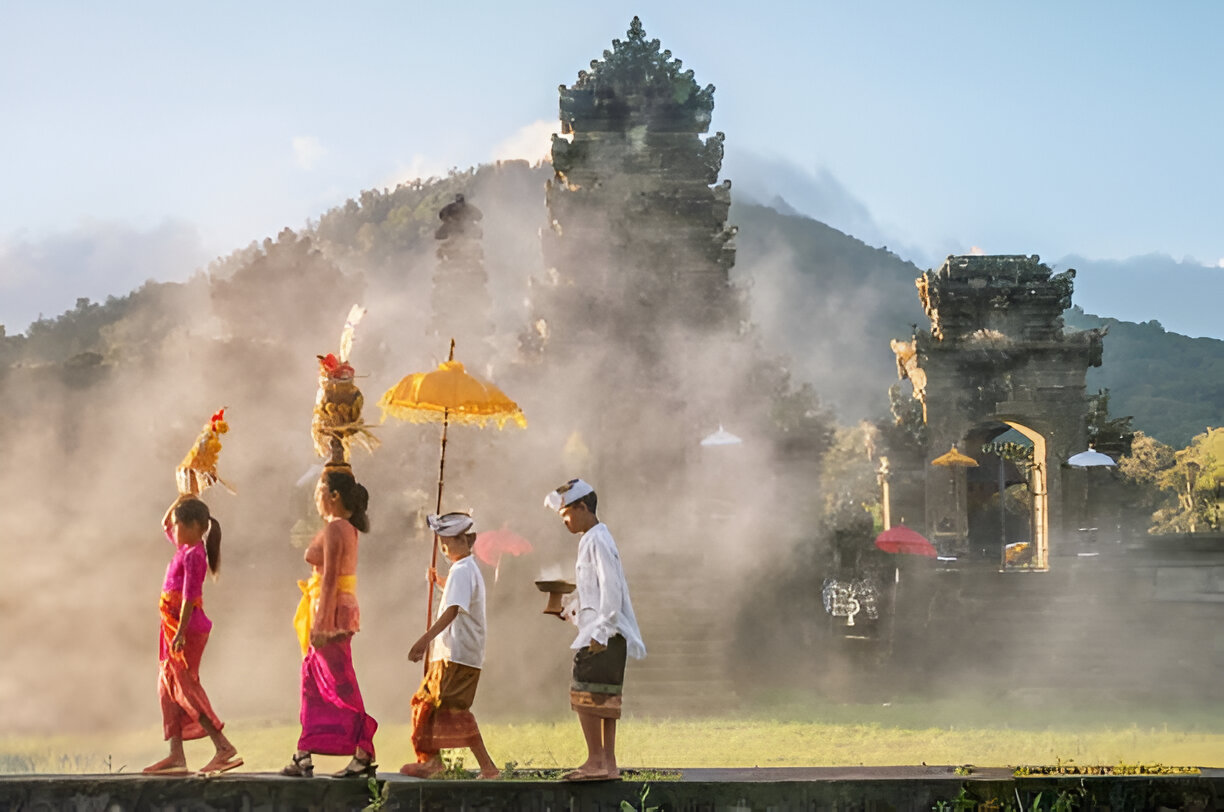
 Billy Bagus
Billy Bagus
 Oct 18, 2024
Oct 18, 2024


